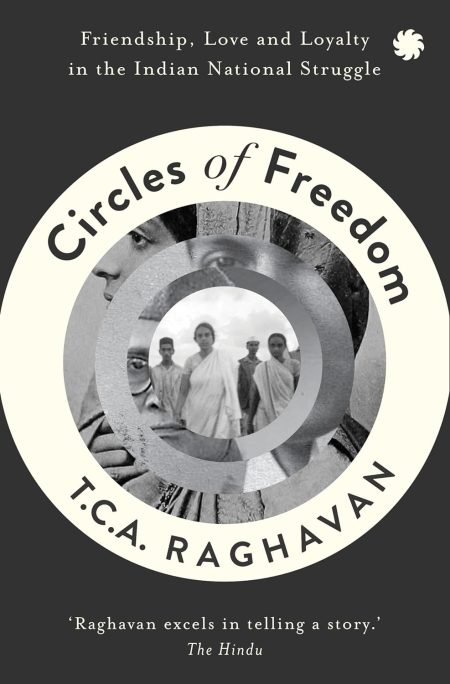-

Free Delivery Orders over ₹ 999
-

Secure Payment Secure Payment
-

24/7 Support Within 1 Business Day
India has one of the highest human populations on earth. Despite this population density, its enormous landmass plays host to a huge diversity of wildlife. Of the world?s 37 known species of wild cats, 14 are found in India – more than in any other country. There are about 350 species of mammals, 540 species of reptiles and 1200 species of birds breeding in India. The geography of the Indian subcontinent ranges from the tropical coast of southern India to the northern snow-capped mountains of the Himalayas, and from Thar desert in the west, near the Pakistani border, to the rainforests in the northeast on the border to Myanmar. This variety of habitats has led to an extremely diverse flora and fauna. But how does this diversity survive even today, when it has been lost in so many other places on Earth? The answer lies in the people and how they treat all creatures. Religion also continues to influence how people treat their environment and Hinduism as India?s prevalent religion teaches a respect for all forms of life. India is home to the world?s largest surviving populations of wild tigers and Indian rhinoceros. If the fate of these endangered species is to be decided somewhere, it will be in Wild India.
-
Read More
Product Details
-
Pages
Pages: 198
-
Dimensions
26.11 x 31.85 x 2.62 cm
-
Weight
1000 g
-
ISBN
9781906506636
-
Publisher
Papadakis Dist A C
-
Binding
Hardcover
-
Language
English
-
Pages














